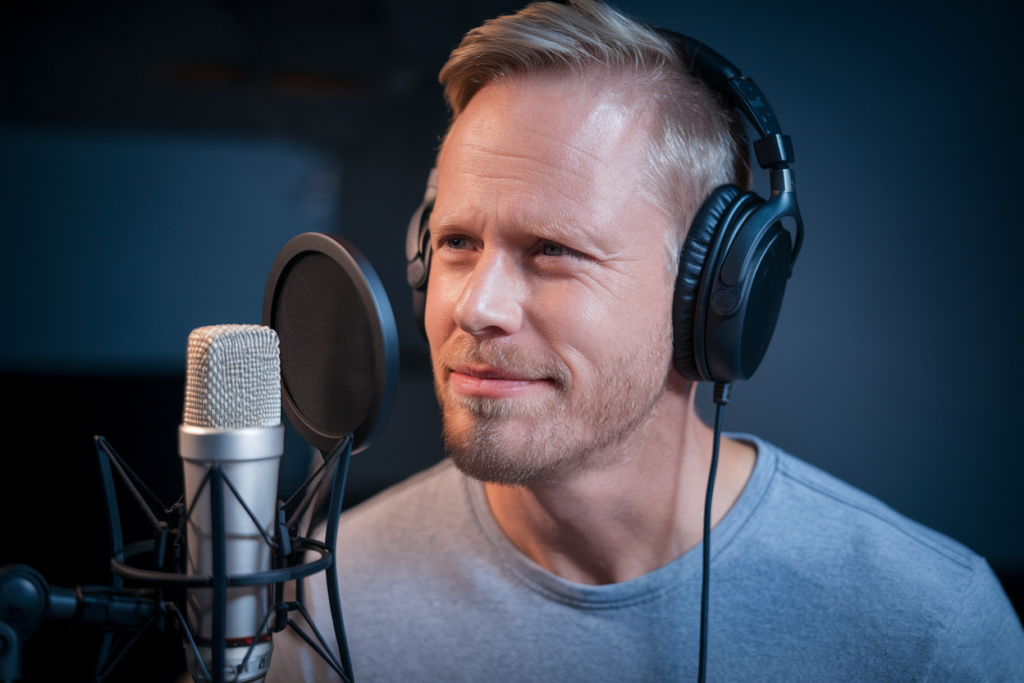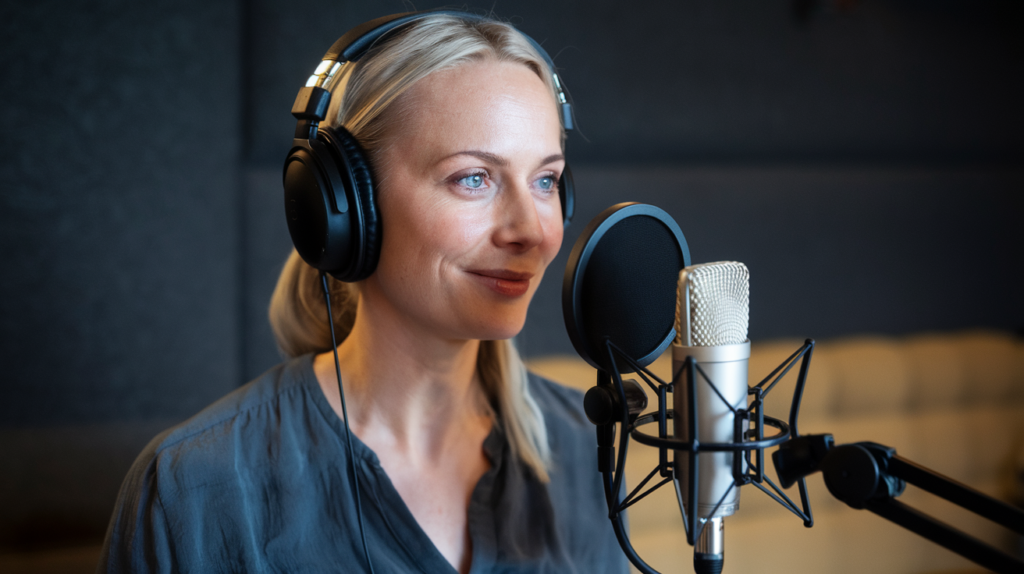A Swedish voice artist is a professional who provides voiceover services in the Swedish language. These artists lend their voices to various projects, including commercials, films, audiobooks, video games, corporate videos, e-learning modules, and more. They specialize in delivering authentic Swedish accents and tones, ensuring that the content resonates with Swedish-speaking audiences.
Importance of a Swedish Voice Artist in Global Content
As brands and creators aim to localize their content, the need for native Swedish voice artists has grown significantly. Sweden is a major consumer market with a high level of English comprehension, but native-language communication builds stronger emotional connections and trust.
Swedish voice artists are crucial for:
- Marketing campaigns targeting Swedish consumers.
- Dubbed content in films and TV series for the Swedish market.
- Educational materials for Swedish learners.
- Corporate communication for companies operating in Sweden.
Language Characteristics of Swedish
Swedish is a North Germanic language spoken by about 10 million people, primarily in Sweden and parts of Finland. Its unique linguistic features influence how a voice artist delivers their performance:
- Melodic tone: Swedish has a sing-song quality due to its tonal nature.
- Vowel richness: Swedish includes nine vowel sounds, which make articulation distinct and precise.
- Rhythm: The language has a clear rhythmic structure, which can greatly impact pacing in voiceovers.
Swedish Accents and Dialects in Voiceover Services
Swedish has various regional accents and dialects that can affect the way a message is received. A skilled Swedish voice artist understands these nuances and tailors their performance accordingly:
Common Swedish Accents
- Standard Swedish (Rikssvenska): Considered neutral and widely understood, often used in formal and professional content.
- Southern Swedish (Scanian/Skånska): A softer accent with Danish influences, often used for authenticity in regional projects.
- Gothenburg Accent (Göteborgska): Known for its melodic and cheerful tone.
- Stockholm Accent: Typically urban and modern, aligning well with contemporary content.
Dialects in Swedish Voiceovers
While accents are variations in pronunciation, dialects include changes in vocabulary and grammar. For instance, Dalecarlian (spoken in Dalarna) has distinct vowel shifts. For niche audiences, hiring a voice artist familiar with specific dialects ensures cultural and linguistic accuracy.
Applications of Swedish Voice Artists in Various Industries
Entertainment and Media
- Dubbing movies and TV series: Ensuring characters’ voices match cultural expectations.
- Video game narration: Providing immersive Swedish-language gameplay experiences.
Corporate and Advertising
- Commercial voiceovers: Delivering persuasive and brand-aligned messaging.
- Corporate videos: Enhancing employee training or stakeholder communication with professional Swedish narration.
E-learning and Audiobooks
- Educational modules: Helping learners understand content with clear and engaging narration.
- Audiobooks: Bringing stories to life for Swedish listeners.
IVR and AI Voice Integration
- Interactive Voice Response (IVR): Guiding Swedish-speaking customers with clear, pleasant tones.
- AI assistants: Designing voice systems with natural-sounding Swedish voices.
Choosing the Right Swedish Voice Artist
When selecting a Swedish voice artist, consider the following:
- Native fluency: Ensure they are native speakers for accurate pronunciation and intonation.
- Versatility: Look for artists capable of adjusting tone and style to match different projects.
- Professional experience: Artists with previous work in the required industry bring added expertise.
- Studio capabilities: High-quality recording equipment ensures clear and professional audio.
A skilled Swedish voice artist doesn’t just deliver words—they bring content to life, making it relatable and impactful for Swedish-speaking audiences.







